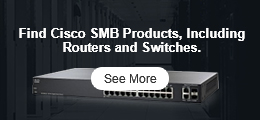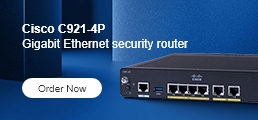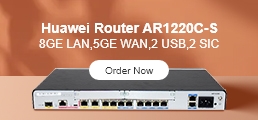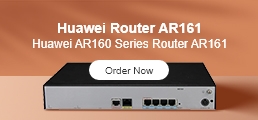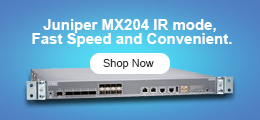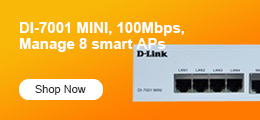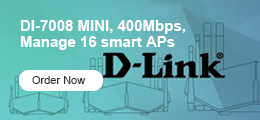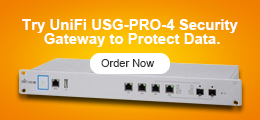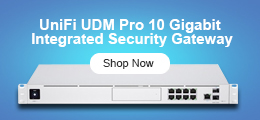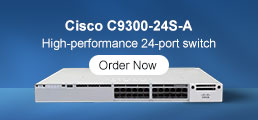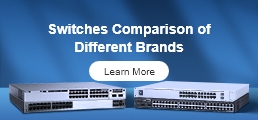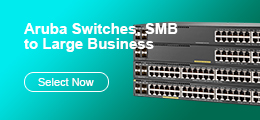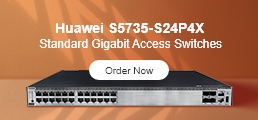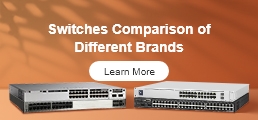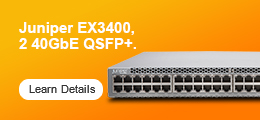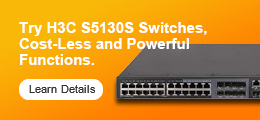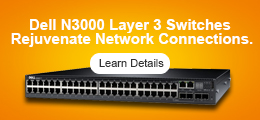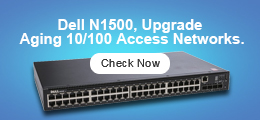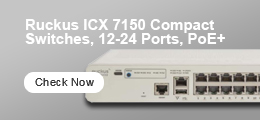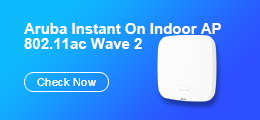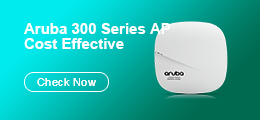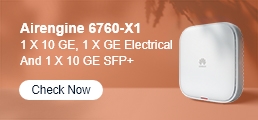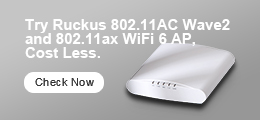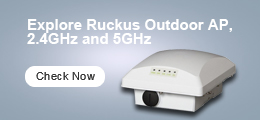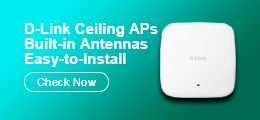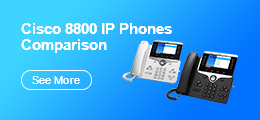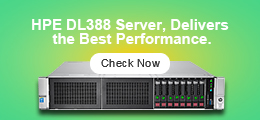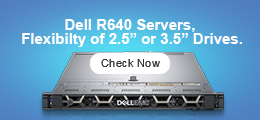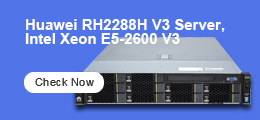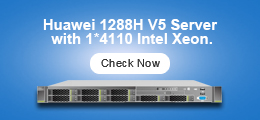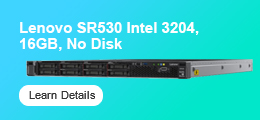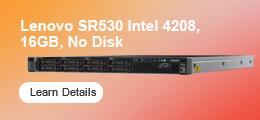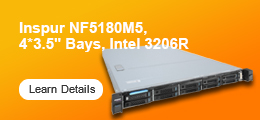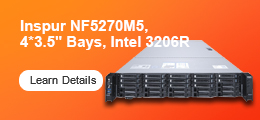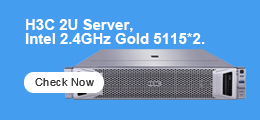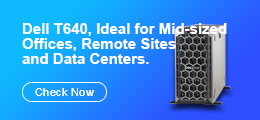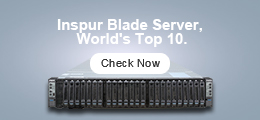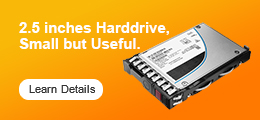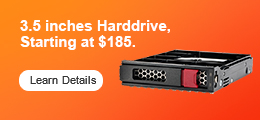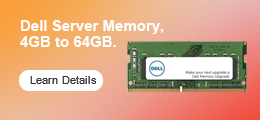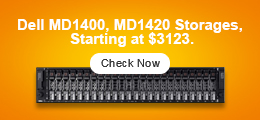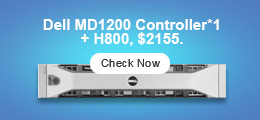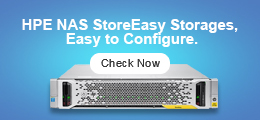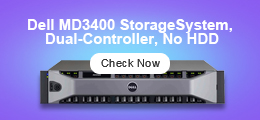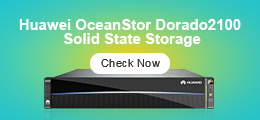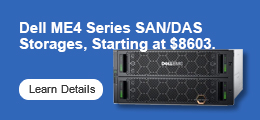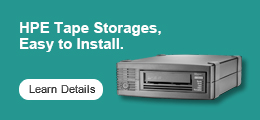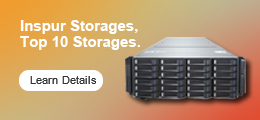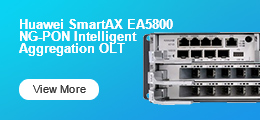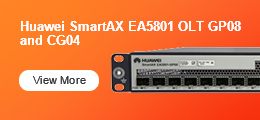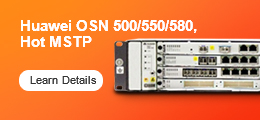An Ext RAID Controller (external RAID controller) is a dedicated hardware device that manages physical disk drives housed in separate enclosures such as SAN or NAS. It implements hardware RAID, presenting multiple drives as logical units to your server, significantly improving performance, redundancy, and storage scalability.
What is an External RAID Controller?
Unlike onboard RAID controllers, an external RAID controller resides in an independent enclosure, managing a Redundant Array of Independent Disks (RAID) using its own processor and cache memory. It connects to the server using protocols such as Fibre Channel or iSCSI, providing the OS with a single logical volume while maintaining high performance and fault tolerance.
Why Use an External RAID Controller?
- Performance: Supports faster read/write speeds using its dedicated processor and cache.
- Data Protection: Provides redundancy through RAID configurations, ensuring data integrity even during disk failures.
- Advanced Management: Supports snapshots, replication, online RAID expansion, and failover.
- Reduced Host Strain: Offloads RAID tasks from the host server’s CPU and memory.
- Scalability: Essential for enterprise NAS/SAN deployments managing large storage pools.
Types of External RAID Controllers
- External Controller-Based Storage: Includes SAN/NAS with integrated RAID management, connected via FC or iSCSI.
- External Host-Based Storage: JBOD enclosures managed by an external RAID card within the host system.
External RAID Controller vs Other RAID Implementations
| Feature | External RAID Controller | Internal RAID Controller | Software RAID |
| Location | Separate enclosure | Inside server (PCIe card) | Uses host system CPU/DRAM |
| Dedicated Hardware | Yes | Yes | No |
| Performance | Highest | High | Lower |
| Cost | High | Moderate | Low |
| RAID Level Support | Extensive, complex RAID | Wide range supported | Limited |
| Use Case | Enterprise SAN/NAS, high I/O | Servers, prosumer use | Home, small office |
Pros and Cons
Pros
- Superior performance and IOPS.
- Offloads workload from the server CPU.
- Advanced RAID level support and flexibility.
- Facilitates seamless drive management and rebuilds.
- Supports snapshots, replication, and failover.
Cons
- Higher initial cost.
- Setup complexity requiring technical expertise.
- Potential vendor lock-in due to proprietary tools.
When Should You Use an External RAID Controller?
Use an external RAID controller when you need:
- High data availability and redundancy for critical applications.
- High-performance storage for databases, video editing, or scientific workloads.
- Efficient resource usage in enterprise environments using SAN/NAS.
- Large-scale storage centralization for multiple servers and users.
FAQ
Q1: What is an Ext RAID Controller?
An Ext RAID Controller is a dedicated hardware device managing multiple physical drives in an external enclosure, combining them into a logical volume using hardware RAID for performance and redundancy.
Q2: Why use an External RAID Controller?
It provides faster speeds, advanced RAID management, offloads the server CPU, and enhances data protection, making it ideal for business-critical storage environments.
Q3: Is it necessary for all RAID configurations?
While not required for simple RAID 0/1 setups, an external RAID controller is highly recommended for RAID 5/6 and environments requiring high performance and data security.
Q4: How does it differ from Software RAID?
External RAID controllers use independent hardware for processing, providing better performance and advanced features, while software RAID depends on host system resources and offers limited RAID levels.


